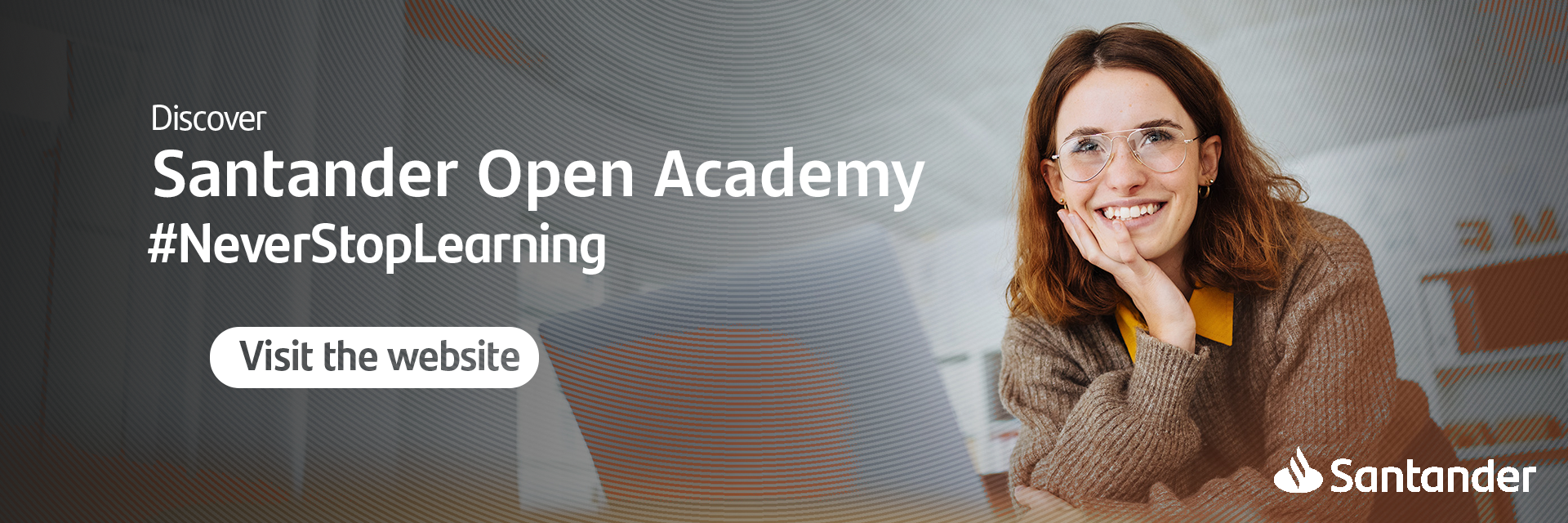The Feynman Technique: master the art of studying
Richard Feynman was an American theoretical physicist and professor at Cornell University who was instrumental in formulating quantum theories and solving complex problems in various branches of science. He once said of his students, “I don’t know what’s the matter with people: they don’t learn by understanding, they learn by some other way—by rote or something. Their knowledge is so fragile!”.
Feynman hit the nail on the head here, because if your learning consists of memorising information without really understanding it, then you will struggle to retain that knowledge. This can be seen in Ebbinghaus’s forgetting curve, which shows that learners will forget about 50% of new information after one day, 70% after two days, and may not even remember 3% after a week. However, Richard Feynman’s insightful understanding of how knowledge is acquired and retained led him to create what is now known as the Feynman Technique, a method for truly understanding concepts and effectively retaining knowledge.
What is the Feynman Technique and how did it come about?
The Feynman Technique is a study method designed to improve a person’s ability to understand and memorise a particular subject in a deeper and longer-lasting way.
Its creator, Richard Feynman, was a famous physicist who was awarded the Nobel Prize in 1965 for his theory of quantum thermodynamics. He was also a professor of physics who was known for being able to explain very complicated theories to his students in simple language. Years earlier, he had realised that when he used formulae and overly scientific language, his students struggled to understand or remember concepts. So, by simplifying the explanation, he was able to get his students to truly understand and retain information with ease.
While the Feynman Technique was not coined by Feynman himself, it is inspired by his teaching method, which he developed through his own experience, positing that the best way to learn something is to be able to explain it in simple terms. This study approach can be applied to any field and at any stage of learning, from children to adults wishing to acquire new knowledge.

How to use the Feynman Technique when studying to gain a deeper level of understanding
The Feynman Technique consists of four stages, which are as follows:
Choose the concept or topic you want to study. At this stage, you should answer the question: What do you want to study? This should be something fairly specific, for which it is helpful to break the subject down into smaller parts, such as concepts.
Let’s say you want to learn about biomimicry. You might want to divide the subject into several parts. For example, you might focus on phishing to understand what it is, how it works, and how it differs from other types of innovation.
Write about the topic in a separate document using straightforward language. At this stage, you should write down everything you have read about the topic, either on paper or in another digital format, using your everyday language. Make sure you use different words than those used in the books or documents you have consulted.
Once you have written down what you need to study, you should explain everything you have understood out loud. But imagine that you are teaching this knowledge to a child, so use words and phrases that are easy to understand. This will help you find gaps and mistakes in your learning.
Fill in the missing information. The previous stage will show you what information you are missing to fully understand and learn about the topic. You should now look for this information to fill in any gaps by adding it to the text you have written. This could be supplemented with pictures or other relevant information that you find interesting.
Rewrite and explain the topic as if you were explaining it to a child. Now it is time to test what you have learned. Repeat what you have learned out loud as if you were explaining it to a child who knows nothing about the subject. You may find it helpful to record yourself and then watch the recording again.

Benefits of the Feynman Technique
The benefits of using the Feynman Technique for studying are as follows:
Thorough understanding of concepts and topics. The Feynman Technique is not about superficial memorisation, but about gaining a deep understanding of the concepts you are studying so that you can internalise them and retain what you have learnt over time, adding this newly acquired knowledge to what you already know.
Retention of information. By actively explaining and reviewing concepts, information is retained and does not fade over time, as is the case with rote memorisation.
Identifying gaps in knowledge. If there are parts of a subject or concept that you do not understand, the Feynman Technique helps you to identify them quickly and easily by saying them out loud.
Simplify complicated concepts. When studying, you are bound to come across many technical or abstract concepts that are difficult to understand. The Feynman Technique is a means of simplifying them and making learning more accessible and effective.
Increased confidence. By using the Feynman Technique, you can gain greater confidence in your ability to understand and master complex subjects, thereby increasing your self-esteem and motivation for lifelong learning.
It was clear to Feynman that knowing the name of something is not the same as knowing something, and this applies to any kind of knowledge we want to acquire. In this sense, Feynman said: “You can know the name of a bird in all the languages of the world, but when you’re finished, you’ll know absolutely nothing whatever about the bird... So let’s look at the bird and see what it’s doing—that’s what counts. I learned very early the difference between knowing the name of something and knowing something".
As you can see, the Feynman Technique is an effective way of studying that helps us to understand and retain what we learn, which is particularly valuable when studying in adulthood since our brains have a harder time retaining information and learning at this stage of life.
Do you want to develop professional skills that will help you access better job opportunities? Discover Santander Open Academy, the training space you need to keep growing.
Join our global platform for learning and professional development and access courses at zero cost, training content in a wide range of formats and scholarships from leading universities and institutions.
If, like us, you believe that we should never stop learning, sign up here and find out what we have for you!
Más posts interesantes que leer...
-
 22/07/2025 | Santander Universidades
22/07/2025 | Santander UniversidadesCrossing borders to study: new allies on the university journey
Card text -



